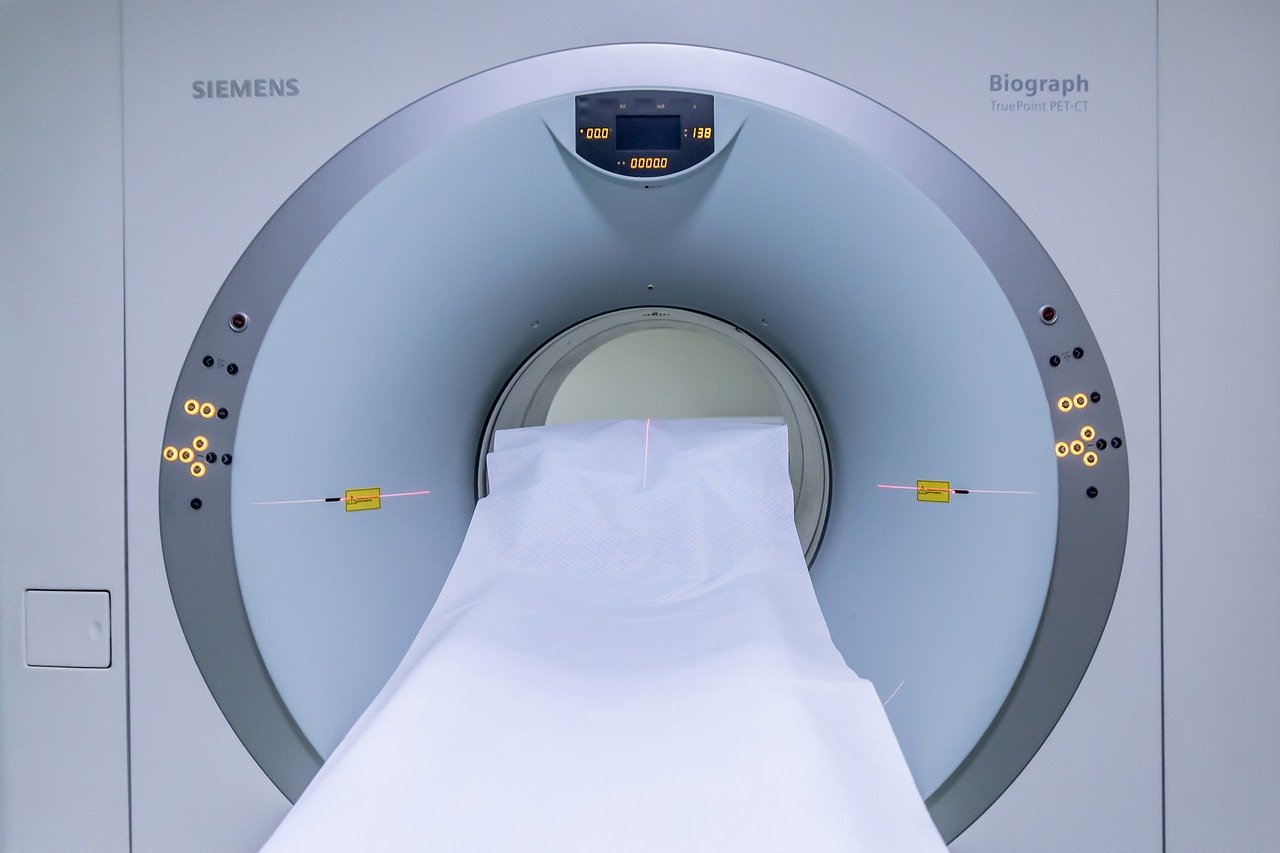In the quiet of the early morning, as the first hues of dawn paint the sky, Mark, a seasoned marathon runner, steps out of bed. The anticipation of a refreshing run is quickly overshadowed by a sharp, piercing pain emanating from his heel. This isn’t the first morning Mark has been greeted with such unwelcome pain. After months of pushing through discomfort, a visit to the doctor reveals the culprit: a plantar fasciitis tendon tear. Mark’s journey from diagnosis to recovery mirrors the struggles faced by many suffering from this condition. It’s a journey filled with challenges, but also hope, as understanding deepens and solutions emerge.
Understanding Plantar Fasciitis
Plantar fasciitis is a common condition characterized by inflammation of the plantar fascia, the thick band of tissue that supports the arch of the foot. This condition typically causes pain in the heel, especially when taking the first few steps in the morning. It is often caused by repeated strain on the plantar fascia, which can result from activities that involve running, jumping, or standing for long periods of time. People with flat feet, high arches, or obesity are also at a higher risk of developing plantar fasciitis.
Symptoms and Causes of Plantar Fasciitis
The most common symptom of plantar fasciitis is stabbing pain in the heel, particularly after periods of rest or in the morning. The pain may decrease after walking for a while, but it can return after prolonged activity. Other symptoms include pain in the arch of the foot and tenderness at the bottom of the heel. The condition is typically caused by overuse or repetitive stress on the plantar fascia, leading to small tears and inflammation. Factors that can contribute to plantar fasciitis include flat feet, high arches, obesity, long periods of standing, and walking on hard surfaces.

Difference Between Plantar Fasciitis and Plantar Fascia Tendon Tear
While plantar fasciitis and a plantar fascia tear may share similar symptoms, there is a significant difference between the two conditions. Plantar fasciitis refers to the inflammation of the plantar fascia, whereas a plantar fascia tear involves a rupture or tear in the thick band of tissue.
Plantar fasciitis is more common, usually less severe, and can often be managed with conservative treatments. On the other hand, a plantar fascia tear may require more aggressive treatment, as it involves an actual tear in the tissue. The distinguishing factor between the two is the presence of a rupture in the plantar fascia.
Recognizing a Plantar Fascia Tendon Tear
While plantar fasciitis is more common, a plantar fascia tear is a less common, but more severe, condition. Recognizing the signs of a tear is essential for proper treatment. If you experience sudden and intense heel pain, especially after a traumatic injury or event, it may indicate a plantar fascia tear.
Other symptoms of a tear may include tenderness along the arch of the foot or near the heel bone, swelling, bruising, and pain that worsens with weight-bearing activities. If you suspect a tear, it is important to seek medical attention for a proper diagnosis and treatment plan.
Identifying Symptoms of a Plantar Fascia Tear
A plantar fascia tear can cause intense pain and significantly impact your ability to walk or bear weight on the affected foot. Symptoms may include sudden and intense heel pain, tenderness along the arch of the foot, swelling, and bruising.
The pain is often localized to the bottom of the foot, near the heel bone. Unlike plantar fasciitis, which may cause pain that improves with walking, a tear usually results in exacerbated pain with weight-bearing activities. If you’re experiencing these symptoms, it’s important to seek medical attention for an accurate diagnosis and appropriate treatment.

Potential Causes of a Plantar Fascia Tear
A plantar fascia tear can occur due to overuse or sudden trauma to the foot. Individuals with chronic plantar fasciitis, a condition characterized by inflammation of the plantar fascia, are at a higher risk of developing a tear. Repetitive stress on the foot, such as running, jumping, or walking long distances, can weaken the plantar fascia over time, making it more susceptible to injury.
Direct injury to the foot or heel, such as landing improperly from a height, can also cause a tear. Understanding the potential causes of a plantar fascia tear is crucial in preventing future injuries and managing the condition effectively.
Diagnosing a Torn Plantar Fascia
Understanding plantar fasciitis involves recognizing the symptoms and causes of this condition. Differentiating between plantar fasciitis and a plantar fascia tear is crucial for accurate diagnosis and treatment. Symptoms include heel pain, especially after long periods of weight bearing, inflammation of the bands connecting the heel bone to the base of your toes, and the presence of a bone spur at the ball of the foot.
Plantar fascia rupture is an uncommon injury but can lead to significant foot pain, requiring specialized treatments like PRP injections or surgical intervention.

Diagnostic Tests for a Torn Plantar Fascia
When diagnosing a torn plantar fascia, healthcare providers use various diagnostic tests to accurately assess the condition. MRI imaging offers detailed views of internal foot structures, while ultrasound is effective in visualizing tears within the plantar fascia.
X-rays are utilized to eliminate other potential foot issues, and a physical examination helps evaluate pain, tenderness, and movement range. Combining these tests aids in precisely diagnosing the tear without ambiguity.
Confirming a Torn Plantar Fascia Diagnosis
Confirming a torn plantar fascia diagnosis involves crucial expert interpretation of imaging tests to identify a rupture in the tissue. The diagnostic process is supported by medical history and symptoms, guiding appropriate treatment interventions. Correct diagnosis is paramount as treatment effectiveness hinges on it.
Ruptured plantar fascia can be a common cause of heel pain, affecting activities like weight bearing or standing for long periods. This uncommon injury at the base of your toes may require specialized treatment for plantar fasciitis pain and inflammation

Advanced Treatment Options for a Plantar Fascia Tear
Non-surgical management typically involves rest, ice, and anti-inflammatory medications to alleviate foot pain. Stretching exercises aid in healing and prevent re-injury. In severe cases, surgery might be necessary to repair the ruptured plantar fascia or remove bone spurs causing discomfort.
Plantar fasciitis pain can often be resolved with physical therapy or orthotic devices to support normal standing and walking. PRP injections with platelet-rich plasma can accelerate healing by stimulating tissue repair mechanisms within the foot.
Non-Surgical Treatments for a Plantar Fascia Tear
When dealing with a plantar fascia tear, there are non-surgical treatments available to aid in recovery. These include exploring options such as physical therapy for rehabilitation, using night splints to alleviate pain during sleep, applying ice packs as home remedies to reduce inflammation, following a prescribed home exercise program for gradual healing, and opting for relative rest to prevent worsening the tear.
These non-invasive methods can be effective in managing the condition without the need for surgery.
Surgical Treatments for a Plantar Fascia Tear
In severe cases of fascia tears, considering surgery is an option. Consulting a specialist for surgical discussions is crucial. Procedures typically involve repairing the torn plantar fascia. Recovery post-surgery varies depending on individual circumstances. Surgical intervention is usually a last resort for chronic tears.
Living with a Plantar Fascia Tear
Living with a plantar fascia tear can be challenging due to persistent foot pain, especially during weight-bearing activities. The inflammation of the bands at the base of your toes can cause discomfort, making normal standing or walking for long periods difficult.
It is crucial to seek proper treatment for plantar fasciitis pain to prevent further complications like a ruptured plantar fascia or bone spurs at the ball of the foot. Engaging in sports medicine approaches, such as using crutches or a walker, can aid in managing the discomfort associated with this uncommon injury.

Tips for Managing Pain and Inflammation
To manage pain and inflammation from a plantar fascia tear, try applying cold packs for relief from swelling and discomfort. Consider medical laser therapy as an option for pain alleviation. Incorporate anti-inflammatory techniques to better handle symptoms.
Discuss the benefits of using night splints with your healthcare provider for added support. When needed, use NSAIDs under medical supervision to effectively manage the pain.
Preventing a Plantar Fascia Tear From Reoccurring
To prevent a plantar fascia tear from reoccurring, utilize orthotic solutions to provide arch support. Strengthen calf muscles to avoid strain and minimize standing on hard surfaces for extended periods. Prioritize proper warm-up routines before physical activities, and investigate underlying factors contributing to recurring tears.
The Role of Podiatry in Plantar Fascia Tear Treatment
Podiatrists are experts in addressing various foot conditions, offering personalized care for plantar fascia tears. Their role is vital in alleviating persistent heel discomfort, providing comprehensive management for plantar fasciitis. Seeking podiatric assistance ensures tailored treatment plans and preventive advice to maintain foot health.
Their expertise extends to diagnosing and treating fascial tears, aiding in the recovery process and reducing the risk of recurring injuries. Podiatrists play a key role in addressing chronic foot pain and promoting overall foot well-being.
Why Choose Podiatry for Plantar Fascia Tear Treatment
When considering treatment for a plantar fascia tear, choosing podiatry offers many advantages. Podiatrists specialize in foot and ankle care, providing a holistic approach to foot health.
They create personalized treatment plans and have the expertise to address various foot conditions. Additionally, podiatrists utilize advanced diagnostic tools for precise assessment of fascia tears.
Can PRP Injections Help with a Torn Plantar Fascia?
Considering PRP injections for a torn plantar fascia? Discover how PRP therapy harnesses your body’s natural healing components to potentially aid in the recovery of tears. Consult a specialist to explore this minimally invasive treatment option and assess its suitability for your condition.

Will a plantar fasciitis tendon tear heal on its own?
Plantar fasciitis tendon tears may not resolve independently and could exacerbate untreated. Consider non-surgical options like rest, ice, stretching, or orthotic inserts. Severe cases might necessitate plantar fascia release surgery. Consult a healthcare professional for accurate diagnosis and tailored treatment plan.
How long does a plantar fasciitis tendon tear take to heal?
Recovery time for a plantar fascia tear varies, typically spanning weeks to months. Rest, ice, stretching, and physical therapy aid in the healing process. Severe tears might necessitate corticosteroid injections or surgery. Adhering to healthcare provider guidance is crucial for proper healing and rehabilitation.
Does a plantar fascia tear need surgery?
Surgery isn’t always necessary for a plantar fascia tear; conservative treatments are often effective. Surgical options come into play if conservative methods fail. Procedures may involve partial or complete release of the plantar fascia, with recovery time varying.

Conclusion – Plantar Fasciitis Tendon Tear
Living with plantar fasciitis tendon tear is undeniably challenging, but it is not insurmountable. With the right approach to treatment, support, and resources like those found on theheelgp.com, sufferers can navigate their way toward recovery and regain the freedom of movement. As we strive for better understanding and management of this condition, it’s important to remember that every step towards recovery, no matter how small, is a victory. Are you ready to take the next step in your journey to healing?
I hope you have found this blog helpful and please feel free to comment and share.
Thanks for reading!
 | Tracy J. Founder, The heel GP |
